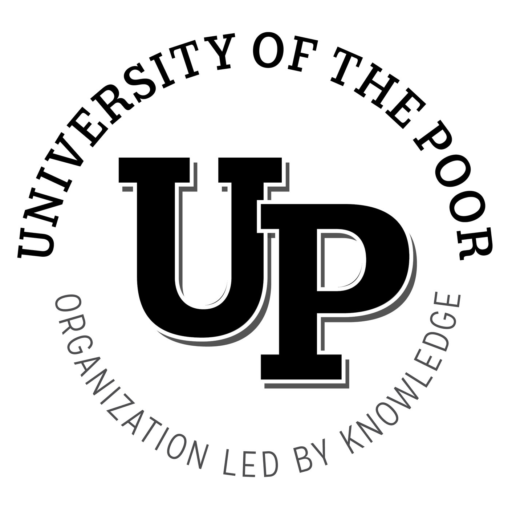By Nacho Gonzalez
His friends and comrades – the downtrodden and those who fought for the oppressed – called him Fidel; his enemies and foes – the one per-centers, Cuban plantation owners and their lackeys – called him Castro. He was a giant of a revolutionary who upset the apple cart. He defied the world’s biggest bully – U.S. Imperialism – for 56 years. You knew that he had won a symbolic victory when The New York Times, the leading propaganda organ for the U.S. ruling class had to devote two-thirds of the front page and six inside pages to highlighting his life and its impact.
Fidel influenced several generations of revolutionaries throughout the world with his steadfastness and clarity of vision. On New Years Day 1960 Fidel came from nowhere when his rag tag rebel army (Los Barbudos) overthrew the brutal dictator Fulgencio Batista, a puppet of the U.S. and business partner of the Mafia. I remember becoming aware of him in about 1961 when I heard the lyrics to the song that was a hit on Spanish-speaking radio: Los Barbudos,
“Ay vienen si, Ay vienen ya,
Hay vienen los barbudos
Bailando el cha cha cha.”
Later that year I went to Mexico City on vacation and found that the Mexican university students were enthralled with him. They pointed out to me some speeches of his denouncing U.S. Imperialism – “echandole a los yanquies.”
My brother, Raul, had a short-wave radio. He’d listen to broadcasts from Cuba and would share revolutionary songs with me and my sister Teresa. We found it amusing when Fidel and Che went to the United Nations in New York and took live chickens tied around their waists because they were afraid that the U.S. would try to poison them. They also had the nerve to stay in Harlem, where they felt more comfortable, rather than hotels in downtown Manhattan.
Shortly after the seizure of power in 1960, the new rebel government reacted to the arrogance of the U.S. who began to tell them what to do and how to do it. The Fidelistas stood up to the U.S. and began to nationalize large plantations and businesses belonging to the U.S. and individual Cubans. Soon the Cuban ruling class and their flunkies fled Cuba and settled in Miami where they founded the exile community and began plotting to overthrow the revolution with CIA support.
The U.S. used Cuba to perfect many of its policies to punish countries that did not allow themselves to be bullied and exploited by the U.S. The U.S. targeted and demonized Fidel and tried numerous times to assassinate him. They instituted an economic embargo against trade with the island and have been willing to punish countries and corporations who violated this blockade. The U.S. also consolidated the counterrevolution. They gave Cuban exiles interest free loans and free college education. Those who reached U.S. shores received special immigration status and a fast-track to citizenship. The U.S. also began to send trained Cuban spies and counter revolutionaries to organize the population against the revolution. This forced the Cuban government to crack down on subversion, thus allowing the U.S. the ability to proclaim that Cuban was “not free.” But no country allows any of its citizens to organize to overthrow the government including the U.S. This is called sedition.
The Cuban Revolutions became the banner and model for revolutionaries throughout the world, especially in Latin America. Cuba sent troops to fight alongside the freedom fighters apposing apartheid and colonialism in Angola and Mozambique. Internally, under Fidel’s leadership, they tried to build a socialist society. They provided free education and health care. They also outlawed private property (private ownership of business enterprises). The revolution inherited an undeveloped country that relied on one crop – sugar cane production. Cuba tried to diversify and was able to build a modern education system and provided some of the best health care in the world. They produced so many doctors and other health care providers that one of Cuba’s leading exports became health care workers and doctors who served in poor countries like Haiti and Angola.
It was not easy trying to build socialism with an economic blockade and the leading power in the world 90 miles from your shores constantly trying to overthrow you. With Fidel’s passing it is clear that Cuba went as far as it could go under the present circumstances. Up until now the countries that have tried to build socialism were undeveloped. These countries have had to try to build socialism without an industrial base and without the capital to do so –a sharp contrast to the U.S. and Western Europe which industrialized by looting the gold and silver from the Americas and on the unpaid labor of the brutal slave system.
Today the world is industrialized and the next wave of revolution will be different. It will be revolution in advanced capitalist states where a new egalitarian world will be possible. Thank you, Fidel, for showing us how to fight when the situation is difficult. The red banners that we have inherited from the Paris Commune fly at half-mast. Rest in Peace, Fidel. You have provided a revolutionary inspiration that will last for generations. When we finally prepare to storm the last and final ramparts of capital, our battle cry will be: Fidel, Fidel, Fidel!!!
